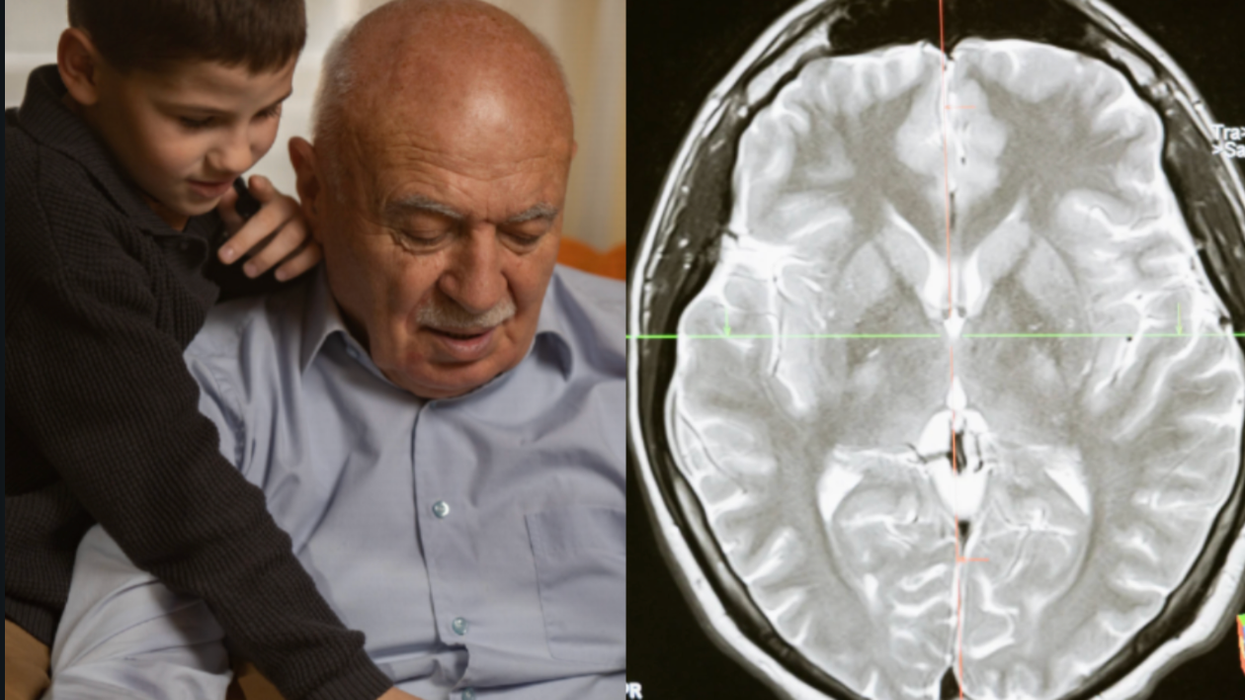For our Design a Livable Street project, we asked GOOD readers to take a picture of a poorly planned street and photoshop it into shape. Our judges, Aaron Naparstek from Streetsblog and the designer Carly Clark, looked over the submissions and were "extremely impressed with the quality." They picked a first place entry and four runners up. See their notes below.
Fifth Place: Times Square, New York City by Pilar Pastor.
"We freely admit that contests submitting New York City redesign concepts were at a disadvantage. Since it's our own hometown we found ourselves getting very picky over miniscule design details. So, while Carly and I both believe that Times Square is not the right spot for cherry blossom trees (unless they're made out of garish fluorescent lighting), we think it's great that Pilar Pastor is exploring the idea of a completely car-free Times Square. That's the kind of big thinking we need in this town."
Fourth Place: Auckland, New Zealand by Aaron Nelson.
"We thought that Aaron Nelson did a really nice job of humanizing this stark, unfriendly street corner. We like the way he activated the streetscape by transforming a blank wall into a café. His street design treatment has vastly improved the pedestrian experience. And it's realistic too. You could really see this sort of design being implemented and used as a model throughout the city.''
Third Place: Flint, Michigan by Shaun Smakal.
"We really liked it that Shaun incorporated clean energy and green building concepts into this thorough and thoughtful re-envisioning of a Flint, Michigan alleyway. This is the kind of holistic approach to ‘livable streets' that we love to see. It would have been nice to see some human beings in the rendering and a nearly empty alley is sort of an easy target for a redesign, but this is solid work."
Second Place: Milwaukee, Wisconsin by Juli Kaufmann.
"Holy cow. The ‘before' picture is incredible. Did someone drop a bomb on this street? Yikes. When was the last time anyone gave this public space some TLC? With some relatively simple and cheap design changes, Juli Kaufmann has vastly improved conditions for pedestrians, cyclists, and transit riders and, in the process, has made the entire neighborhood more attractive to residents and businesses. Milwaukee is lucky to have Juli Kaufmann."
The Winner: Portsmouth, Virginia by Steve Price.
"Not only does Steve Price know his way around the old Photoshop, he also really understands what it takes to make a ‘complete street.' Carly and I both loved this rendering. As far as photo simulations go, Steve does an amazing job of getting the angles and the perspective just right. As for the street design, Steve's holistic approach is just what what's needed in a barren urban environment like this. He's thinking about new infill development, light rail, bike lanes, and outdoor space for pedestrians and putting it all together to create an entirely new neighborhood. Portsmouth should go and make this happen right now!"
Thanks to Aaron and Carly for participating and thanks to everyone who submitted. We'll be in touch with all the winners.







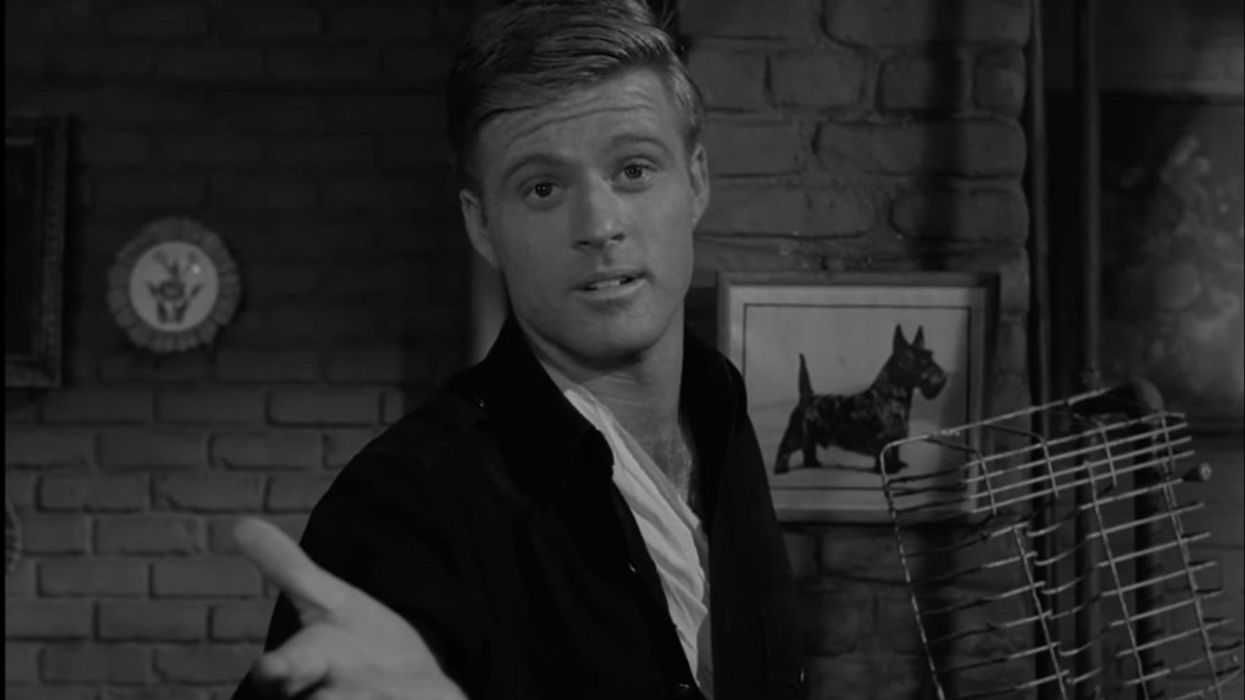
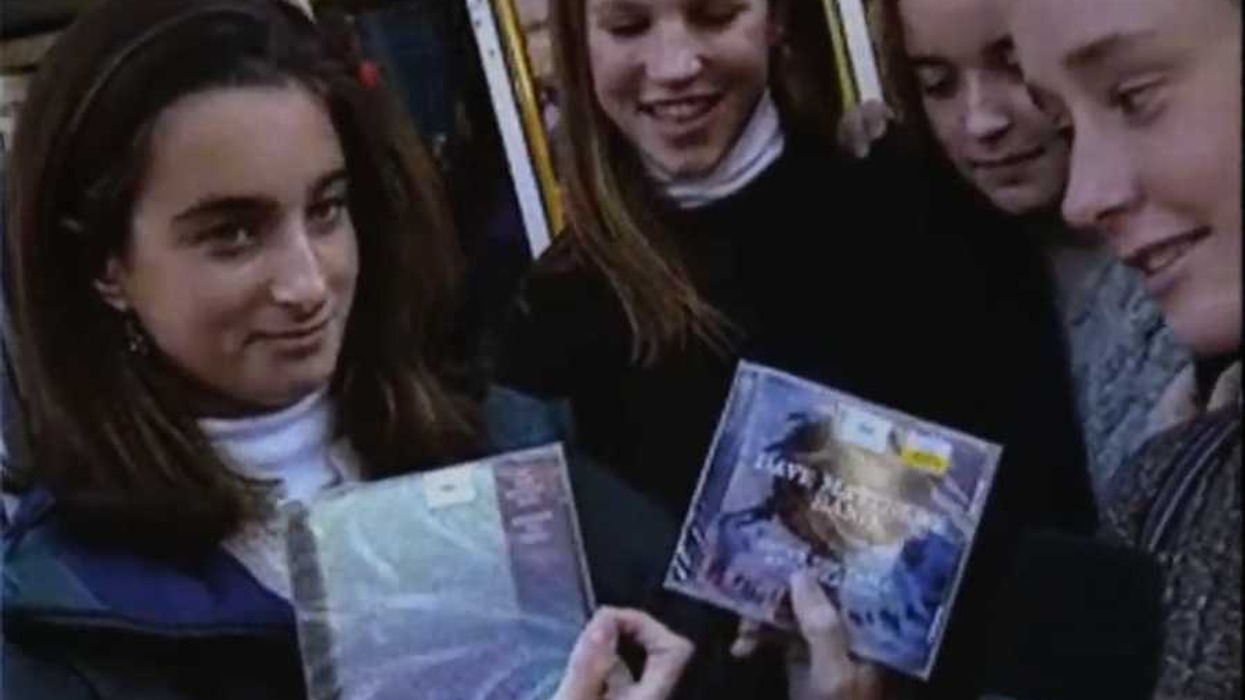



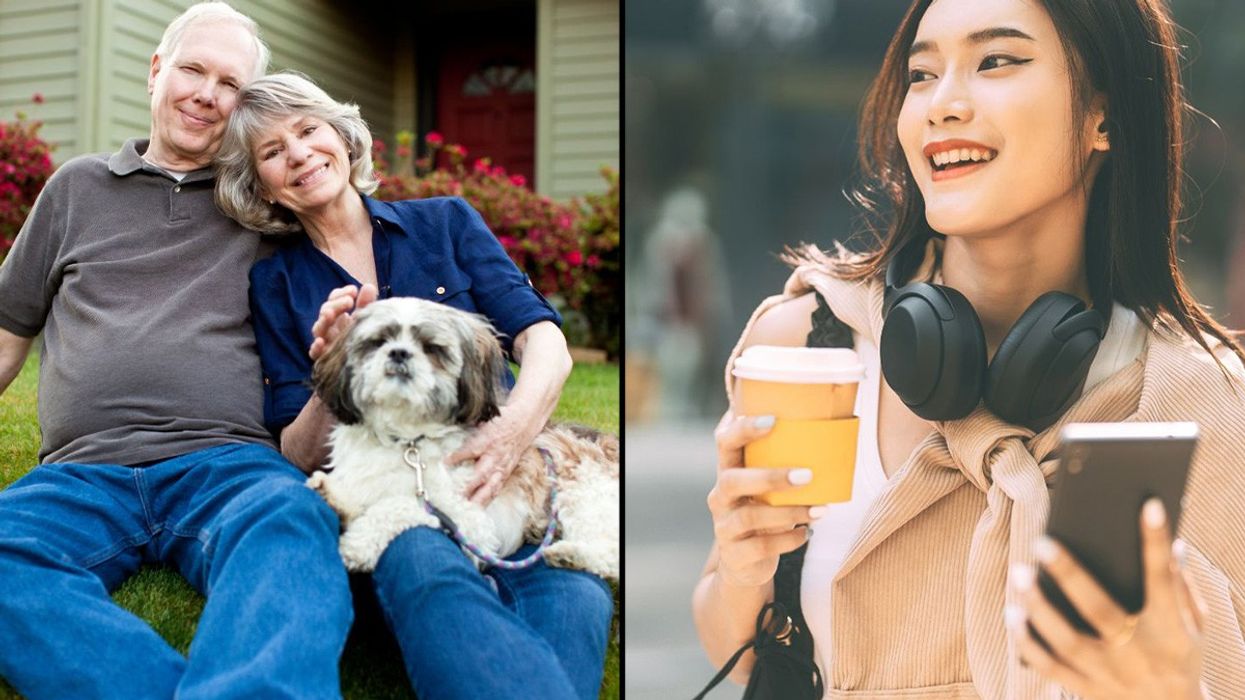


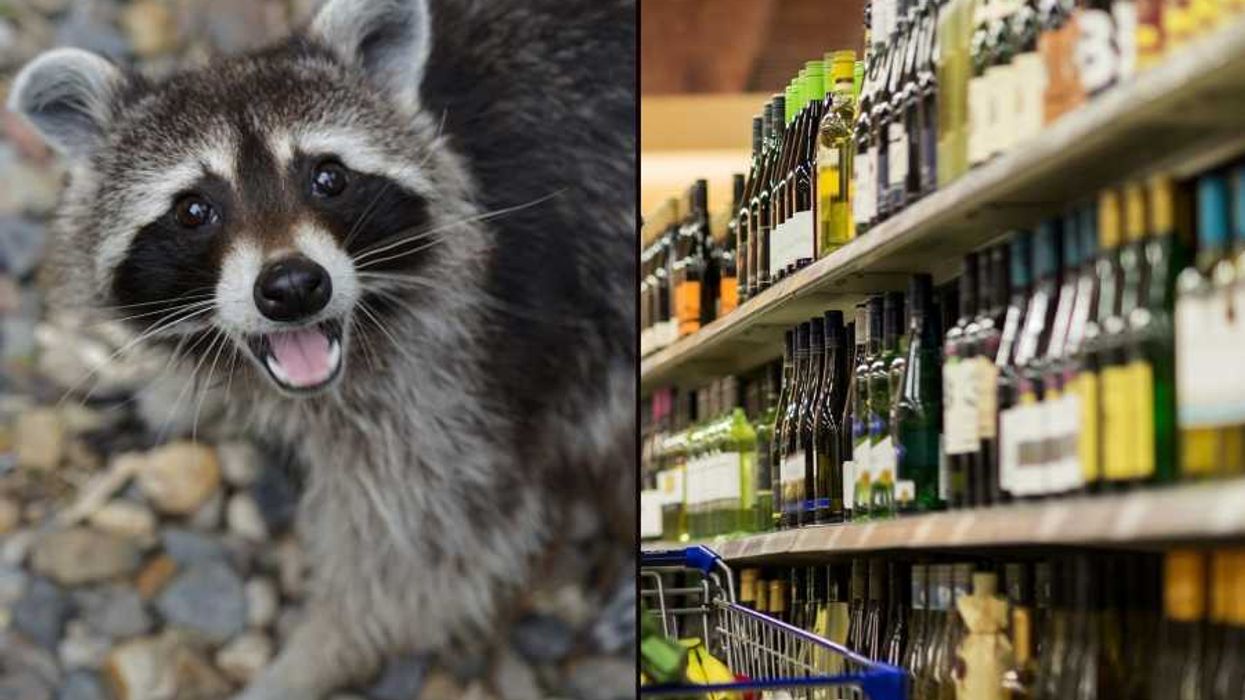

 Image artifacts (diffraction spikes and vertical streaks) appearing in a CCD image of a major solar flare due to the excess incident radiation
Image artifacts (diffraction spikes and vertical streaks) appearing in a CCD image of a major solar flare due to the excess incident radiation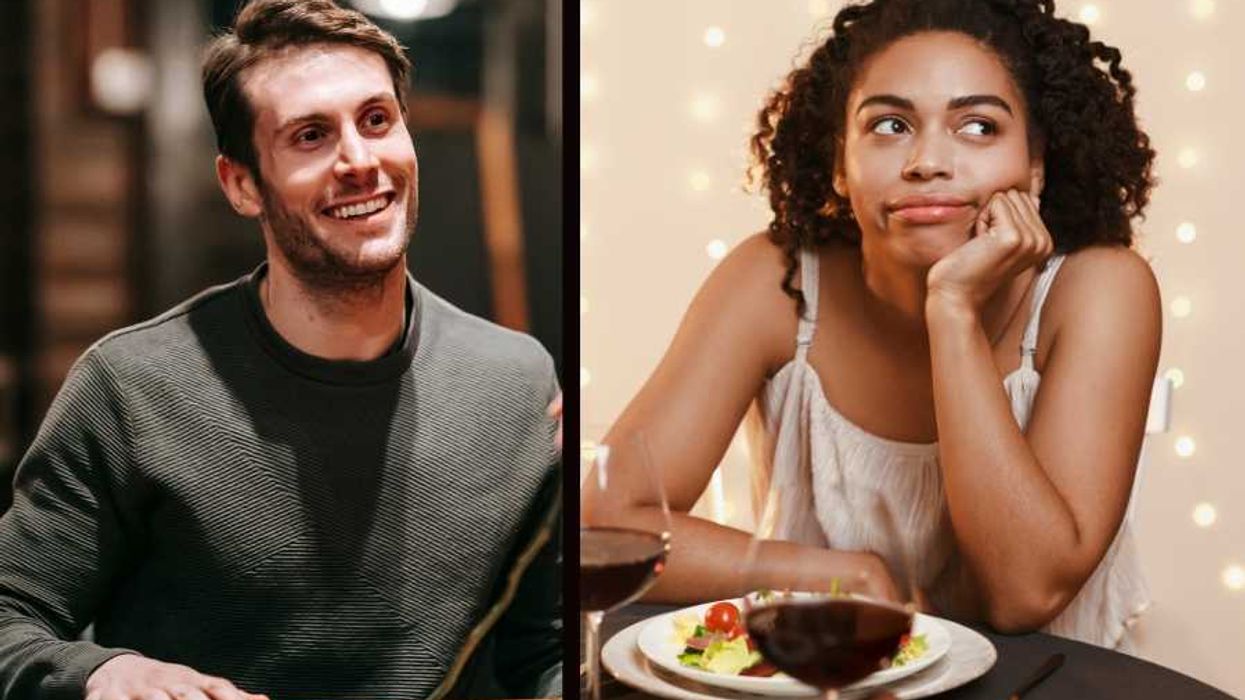

 Ladder leads out of darkness.Photo credit
Ladder leads out of darkness.Photo credit  Woman's reflection in shadow.Photo credit
Woman's reflection in shadow.Photo credit  Young woman frazzled.Photo credit
Young woman frazzled.Photo credit 
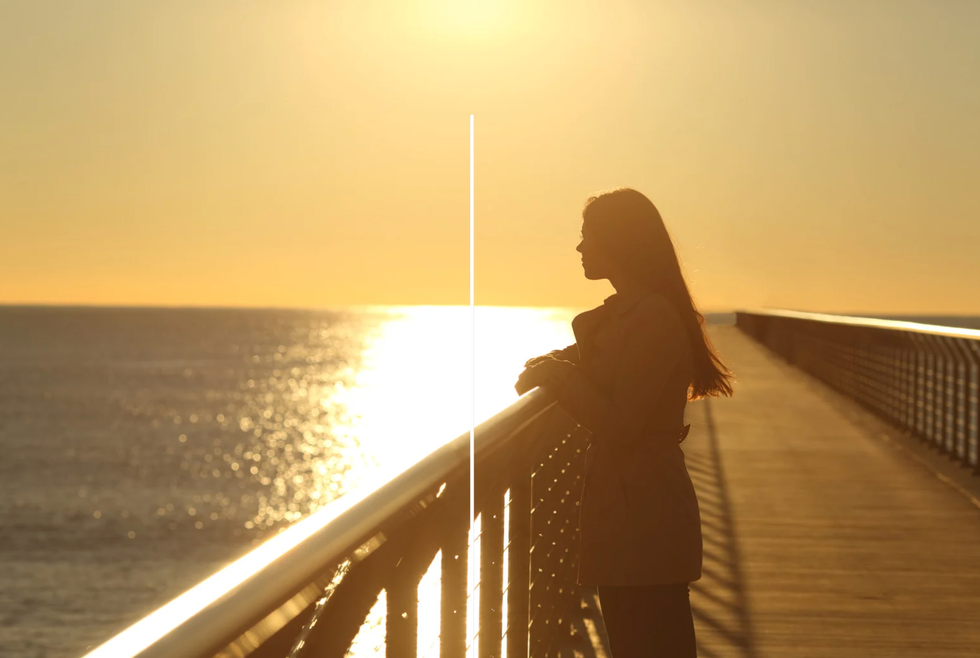 A woman looks out on the waterCanva
A woman looks out on the waterCanva A couple sits in uncomfortable silenceCanva
A couple sits in uncomfortable silenceCanva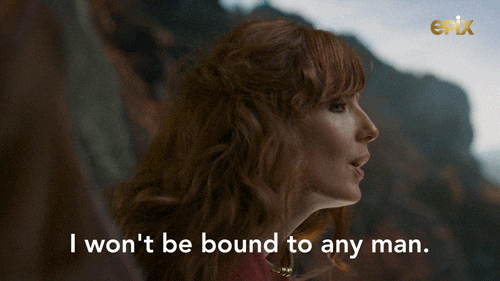 Gif of woman saying "I won't be bound to any man." via
Gif of woman saying "I won't be bound to any man." via  Woman working late at nightCanva
Woman working late at nightCanva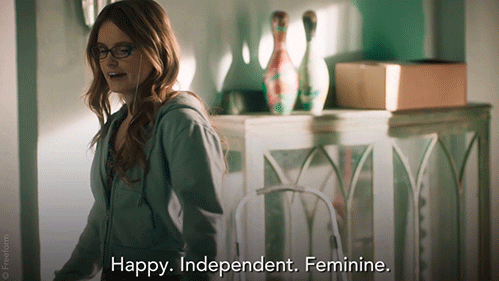 Gif of woman saying "Happy. Independent. Feminine." via
Gif of woman saying "Happy. Independent. Feminine." via 
 Yonaguni Monument, as seen from the south of the formation.
Yonaguni Monument, as seen from the south of the formation. 